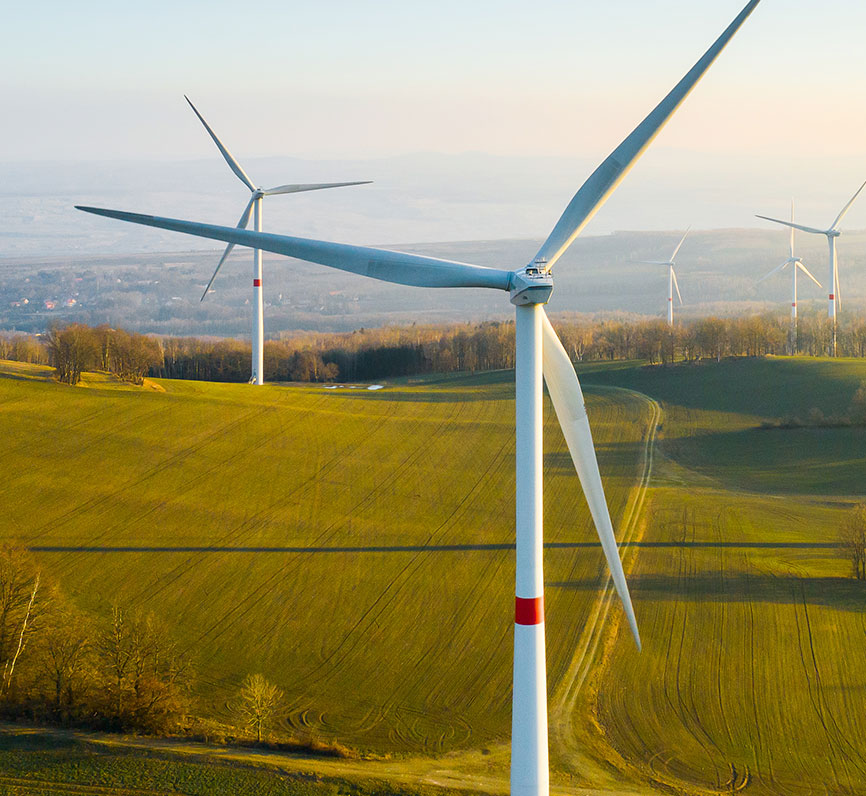https://embed-ssl.wistia.com/deliveries/778b472e521bd13b475445e24c260513.mp4
There are a lot of potential opportunities out there. One thing that we do is make sure we’re pretty grounded in what people’s actual barriers are. We’ve identified two key barriers for consumers, and the first is what we like to think about as the input.
It’s the fact that sustainability can be overwhelming and confusing; even people who are pretty engaged with it are just confused with something as easy as recycling.
For instance, can I throw my wine bottle with my magazines or with a water bottle? Or do these have to be separated? There’s certainly a barrier on the input side of it, but then on the other side of the coin is the barrier in the output. This is an important one as well because even if people are dedicated and engaged and put in the time to figure out the ins and outs of what they can be doing, it’s often frustrating for people because they feel like the impact of this isn’t enough. “I’m just one human being.” “This is just one straw that I didn’t get with my ice coffee,” so it can feel like even the impact that we have isn’t meaningful enough in the whole big picture, so we look at both sides of this coin of these two key barriers as we’re trying to decide which issues to focus on.
